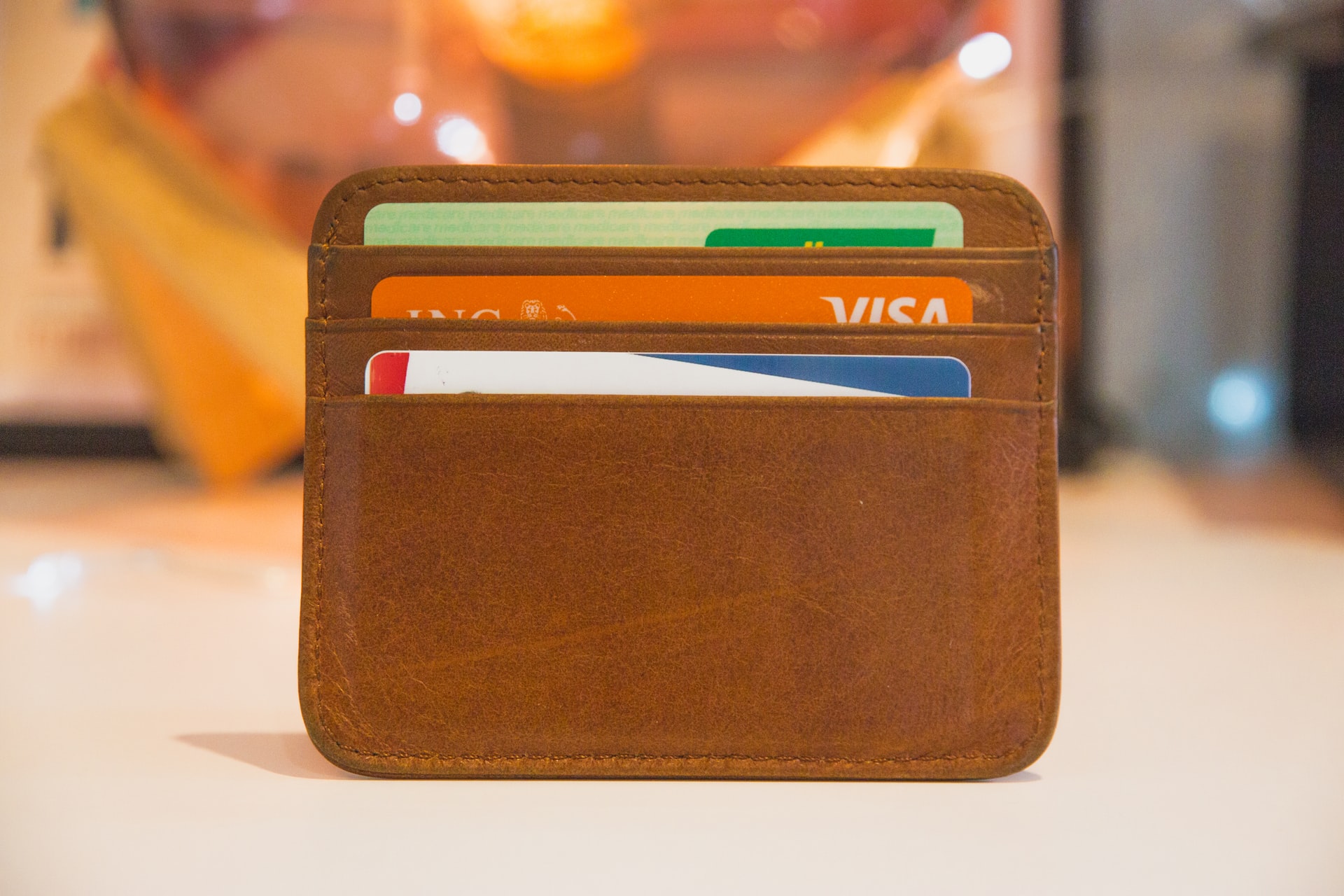Credit card fraud is on the rise and shows no signs of slowing down. In 2020, there were over 458,000 credit card fraud instances, and identity theft perpetrated through new credit card accounts increased by a whopping 48 percent, according to Intuit.
It can be challenging to ward off fraudsters, but there are steps you can take to protect yourself. You should also understand the various types of credit card fraud and the steps you must take immediately if your information is stolen and used to make unauthorized purchases.
What is Credit Card Fraud?
Credit card fraud occurs when criminals make transactions using an account that belongs to you. It’s a form of identity theft and can involve unauthorized purchases or cash advances.
What are the Types of Credit Card Fraud?
There are several variations of credit card fraud to be aware of that are mentioned below. That way, you’ll know how to identify it in the unfortunate event you’re victimized.
Physical Card Theft
As the name suggests, physical card theft often occurs when thieves steal your card. Some fraudsters will go as far as stealing new cards from mailboxes and activating them. Either way, you should promptly alert your credit card issuer if you notice your card is missing or haven’t yet received it in the mail.
Account Takeover
Credit card thieves often employ even more sophisticated tactics, like account takeovers, to commit fraud. It involves the fraudster reaching out to the credit card company, pretending to be you and making updates to your personal information. The idea is to lock you out of your own account by updating the mailing address, personal identification number or password used to manage the online dashboard. Ask your credit card company about creating a verbal password to help minimize the chances of your credit card account being compromised.
Cloned Credit Cards
Skimming is another method fraudsters use to compromise credit card accounts. They place devices known as skimmers on sales terminals and gas pumps that store your credit card information when it’s swiped. The data is then used to create a duplicate credit card that’s used to make fraudulent purchases. But with the emergence of credit cards with EMV chips, this form of fraud isn’t as prevalent as it once was.
Card-not-present Theft
Data breaches make it easy for this form of theft to be committed. All the fraudster needs are your full name, account number and the three-digit security code found on the back of most credit cards to initiate fraudulent online transactions.
Application Fraud
If a criminal has enough of your personal information on hand, they can commit application fraud or open credit card accounts in your name without your knowledge. These accounts are typically noticed by the consumer when appearing on the credit reports, and many are already marked as delinquent.
Does Credit Card Fraud Affect Your Credit?
It depends. If you’re able to detect credit card fraud and resolve it with the credit card issuer before it hits your credit report, your score won’t be affected. But in most instances, you may not notice you’ve been victimized until a late payment appears on your credit report. There’s also a chance that your credit utilization will be much higher if the fraudster makes transactions up to the credit limit. The good news is that the negative impact of late payment(s) and high credit usage will dwindle once you dispute the charges with the creditor and credit bureaus.
What to Do If You Think You’ve Been a Victim of Credit Card Fraud
If you believe you’ve fallen prey to the schemes of a credit card fraudster, here’s what to do next.
Contact Your Credit Card Company
Reach out promptly to report the fraudulent activity. Under the Fair Credit Billing Act, consumers have 60 days to report potentially unauthorized charges. Still, it’s best to file a report right away to start the process of getting the issue resolved.
Report the Fraud to Authorities
Reach out to your local law enforcement agency to file a police report. You’ll first need to report the fraud to the Federal Trade Commission (FTC), so you can provide a copy of the FTC Identity Theft Report to the authorities. Also, be sure to bring along a copy of your government-issued photo ID, proof of address and proof of theft.
Contact the Credit Bureaus
The credit bureaus should also be made aware of the fraud. In turn, they’ll place a fraud alert on your account for a year, which makes it more challenging for accounts to be opened in your name. You also have the option to contact only one bureau, and they’ll notify the other two.
Freeze Your Credit
A credit freeze prevents lenders and creditors from accessing your credit profile. You’ll have to remove it manually once it’s placed, which significantly reduces the chance of future occurrences of fraud.
Update Your Security Details
Access your online dashboard and change the password to your account. You also want to do the same for other accounts that store your credit card information to cover purchases.
3 Easy Ways to Protect Yourself from Credit Card Fraud
Review Your Statements
Instead of tossing your statements in the trash or deleting them from your email, spend a few minutes reviewing the transactions to ensure they’re legit. If you notice purchases or cash advances you didn’t initiate, contact the card issuer right away to report the unauthorized transactions and file disputes.
Regularly Monitor Your Credit Reports
Visit AnnualCreditReport.com and download free copies of your credit reports from the three major credit bureaus – Experian, TransUnion and Equifax. Review account information, circle any personal information or accounts that look suspicious and reach out to credit bureaus or creditors for clarity. You may need to file disputes to have the information removed from your reports if you discover you’ve been victimized by fraud.
Also, consider signing up for free credit monitoring with Experian to get real-time alerts when activity takes place in your credit file. You’ll also receive monthly FICO credit score updates and access Experian Boost, a free tool you can use to potentially raise your credit score instantly. Or you can sign up for an Identity Works plan to get added protection against identity theft.
Secure Your Card and Information
If you’re not planning to use your credit card(s), stow them away in a secure location in your home. Also, only shop on secured websites that have the “https://” at the beginning of their URL or web address.







